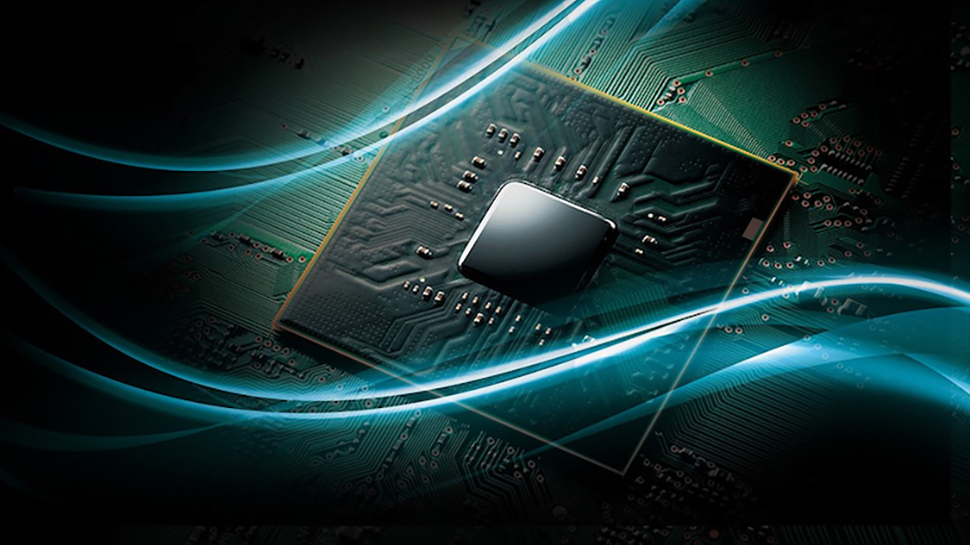Wave Computing and its subsidiary MIPS Technologies, the developer of the MIPS processor architecture, recently emerged from Chapter 11 bankruptcy protection, renamed itself to MIPS and changed the business model. As reported by Electronic Engineering Journal the new company will focus on development of RISC-V CPU cores and will abandon further development of its own MIPS architecture.
“Going forward, the restructured business will be known as MIPS, reflecting the company’s strategic focus on the groundbreaking RISC-based processor architectures which were originally developed by MIPS,” a statement by the company reads. “MIPS is developing a new industry-leading standards-based 8th generation architecture, which will be based on the open source RISC-V processor standard.”
MIPS does not get much publicity these days mostly because it is no longer used for game consoles or supercomputers. Yet, the architecture is still among the most popular in the industry. It is widely used for various microcontrollers, consumer electronics SoCs, communication equipment, and a variety of low-power devices. Hundreds of millions of such products are sold every year and for now MIPS cores are good enough for their applications.
It is hard for MIPS to compete against Arm Holdings which has a wider choice of cores and which who’s architecture powers more applications than any other architecture nowadays. It is close to impossible for MIPS to catch up with Arm when it comes to performance and industry support, so the new MIPS decided to change its business model.
Previously MIPS Technologies and later Wave Computing licensed their architecture and cores to processor developers, which made them compete directly against Arm Holdings that has the same business model. Since the MIPS architecture belongs to one company it is solely responsible for the whole ecosystem (which includes hardware and software) and supporting it alone is hard.
From now on, MIPS will develop RISC-V-based architecture and appropriate CPU cores that it will license to others. In general, the licensing nature of MIPS’s business will not change, but since RISC-V is an open standards architecture supported by dozens of companies, MIPS will not have to support the ecosystem alone, which will make its business more sustainable.
MIPS has a lot of expertise in CPU development as well as a broad portfolio of CPU patents and IP. All of these assets will inevitably be used for the upcoming RISC-V-based architecture as well as CPU cores, so it is logical to expect MIPS to be one of the leading RISC-V developers. Whether or not that architecture will be competitive against Arm’s offerings is something that remains to be seen.
